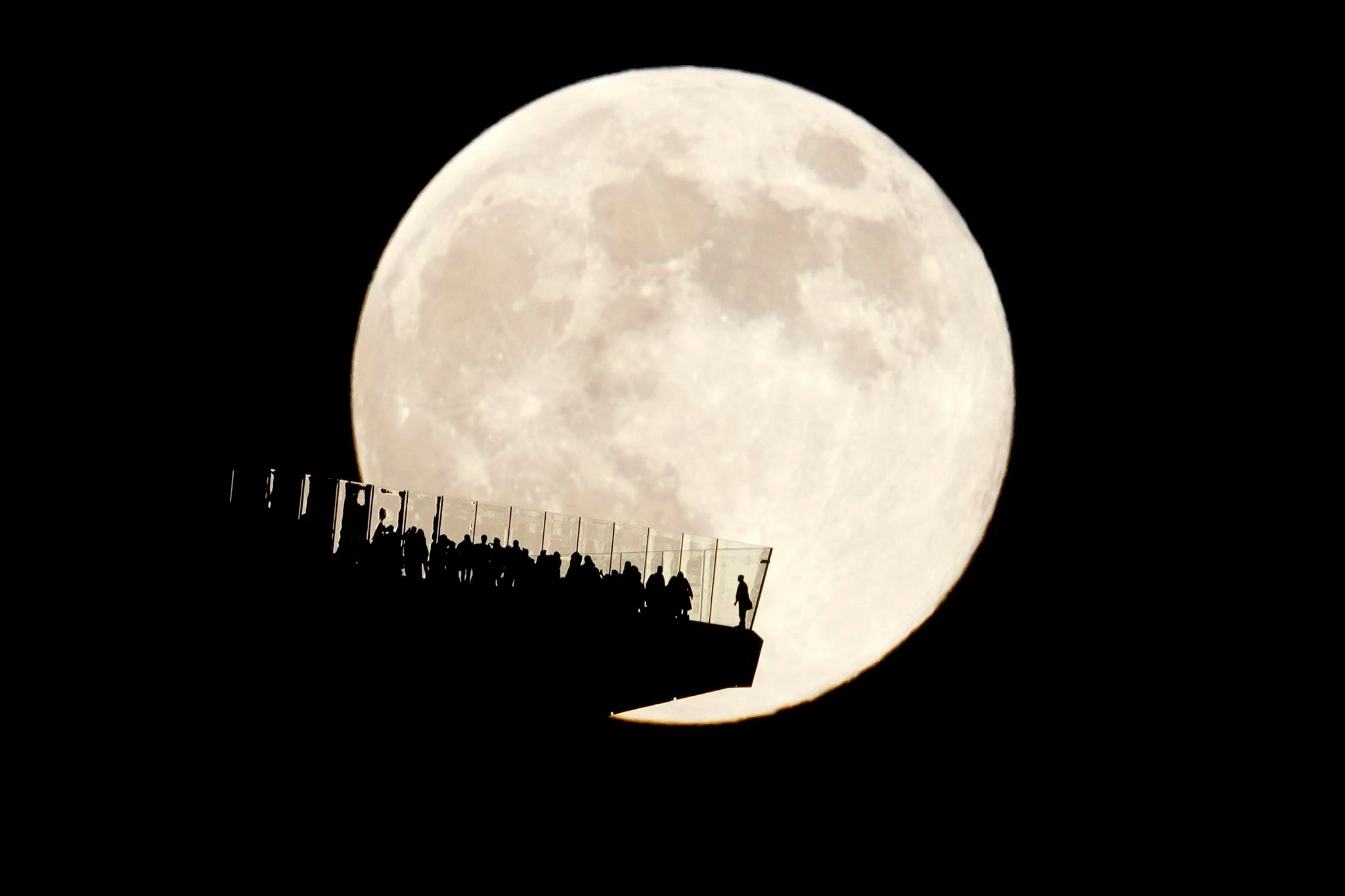Earth set to say goodbye to its ‘mini moon’ that could be a chunk of the real moon
The so-called mini moon will be overwhelmed by stronger tug of sun’s gravity

Your support helps us to tell the story
From reproductive rights to climate change to Big Tech, The Independent is on the ground when the story is developing. Whether it's investigating the financials of Elon Musk's pro-Trump PAC or producing our latest documentary, 'The A Word', which shines a light on the American women fighting for reproductive rights, we know how important it is to parse out the facts from the messaging.
At such a critical moment in US history, we need reporters on the ground. Your donation allows us to keep sending journalists to speak to both sides of the story.
The Independent is trusted by Americans across the entire political spectrum. And unlike many other quality news outlets, we choose not to lock Americans out of our reporting and analysis with paywalls. We believe quality journalism should be available to everyone, paid for by those who can afford it.
Your support makes all the difference.Planet Earth is going separate ways from an asteroid that has spent the last two months floating along as a "mini moon" - with the space rock moving away on Monday.
This departure is due to the mini moon being overwhelmed by the stronger tug of the sun's gravity.
However, it will come closer for a quick visit in January, at which time Nasa will use a radar antenna to observe the 33ft asteroid.
It is hoped this extends scientists' understanding of the object known as 2024 PT5, which is quite possibly a boulder that was blasted off the moon by an impacting, crater-forming asteroid.
While not technically a moon - Nasa stresses it was never captured by Earth's gravity and fully in orbit - it is "an interesting object" worthy of study.
The astrophysicist brothers who identified the asteroid's "mini moon behaviour", Raul and Carlos de la Fuente Marcos of Complutense University of Madrid, have collaborated with telescopes in the Canary Islands for hundreds of observations so far.
Currently, more than two million miles away, the object is too small and faint to see without a powerful telescope.
It will pass as close as 1.1 million miles of Earth in January, maintaining a safe distance before it zooms farther into the solar system while orbiting the sun, not to return until 2055.
First spotted in August, the asteroid began its semi-jog around Earth in late September, after coming under the grips of Earth's gravity and following a horseshoe-shaped path.
By the time it returns next year, it will be moving too fast - more than double its speed from September - to hang around, Raul de la Fuente Marcos said.
Nasa will track the asteroid for more than a week in January using the Goldstone solar system radar antenna in California's Mojave Desert, which is part of the Deep Space Network.
Current data suggests that during its 2055 visit, the sun-circling asteroid will once again make a temporary and partial lap around Earth.
Additional reporting from Associated Press
Join our commenting forum
Join thought-provoking conversations, follow other Independent readers and see their replies
Comments